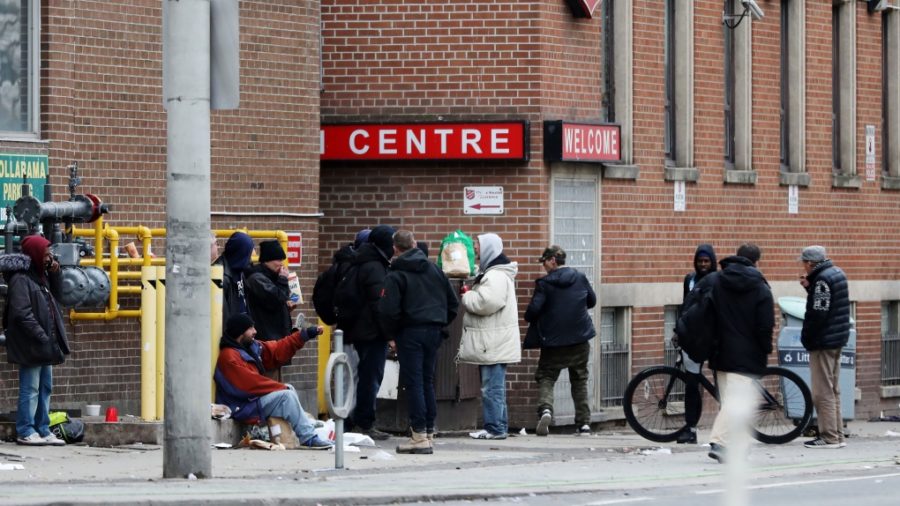Homelessness cases rising: what is the government doing to address it?
November 24, 2022
Homelessness is usually used to define the state of moving in and out of homelessness, but chronic homelessness is when individuals are homeless for a year or more. And the federal departments tasked with curbing chronic homelessness in Canada don’t know if the billions of dollars in public money they’ve spent have helped to get people into homes, reports Canada’s auditor.
Auditor General Karen Hogan found that the two agencies, Canada Mortgage and Housing Corporation (CMHC) and Infrastructure Canada, have failed to collect sufficient data about their programs which are designed to connect the most vulnerable people with homes.
These two agencies are largely responsible for delivering the federal government’s National Housing Strategy (NHS), a 10-year-old $72-billion effort launched in 2017 to address key areas in the Canadian housing landscape. Its goals include increasing housing affordability and reducing homelessness. It has a target of reducing chronic homelessness by 50 percent by the 2027-28 fiscal year.
But research shows that halfway through implementing the strategy, the vast majority of people with core housing needs — below the thresholds for housing adequacy, affordability, or suitability — are not benefiting from NHS programs.
In Canada, just over 10 percent of households are in core housing need. That means they either live in unaffordable housing, unsuitable, or inadequate, and they cannot afford alternative housing in their community. Households in core housing need range from a low of 6 percent in Québec to a high of 32.9 percent in Nunavut, using 2021 Census data. Renters are also much more likely to be in core housing need: 20 percent of renters compared to just 5.3 percent of owners.
Affordability is the major housing challenge, affecting 77 percent of people in core housing needs. The OECD measure of housing cost burden excludes income tax and uses a higher threshold (40 percent of household income) compared to the Canadian measure of core housing need, which includes income tax and uses a threshold of 30 percent.
The NHS, launched in 2017, was meant to decrease the number of households in core housing need, but the level remained stable at 12.7 percent of all households from 2006 to the 2016 Census, and most provinces and territories haven’t seen much change. Those that have seen change, (such as Québec, P.E.I., and New Brunswick) had started seeing decreases from 2006 onwards, well before the NHS came into effect.
Some ways to make improvements to these dismal records is by utilizing the innovations that were introduced during the pandemic, such as increased uptake of the Rapid Housing Initiative to convert hotels to shelters for people experiencing homelessness, which could be extended.

